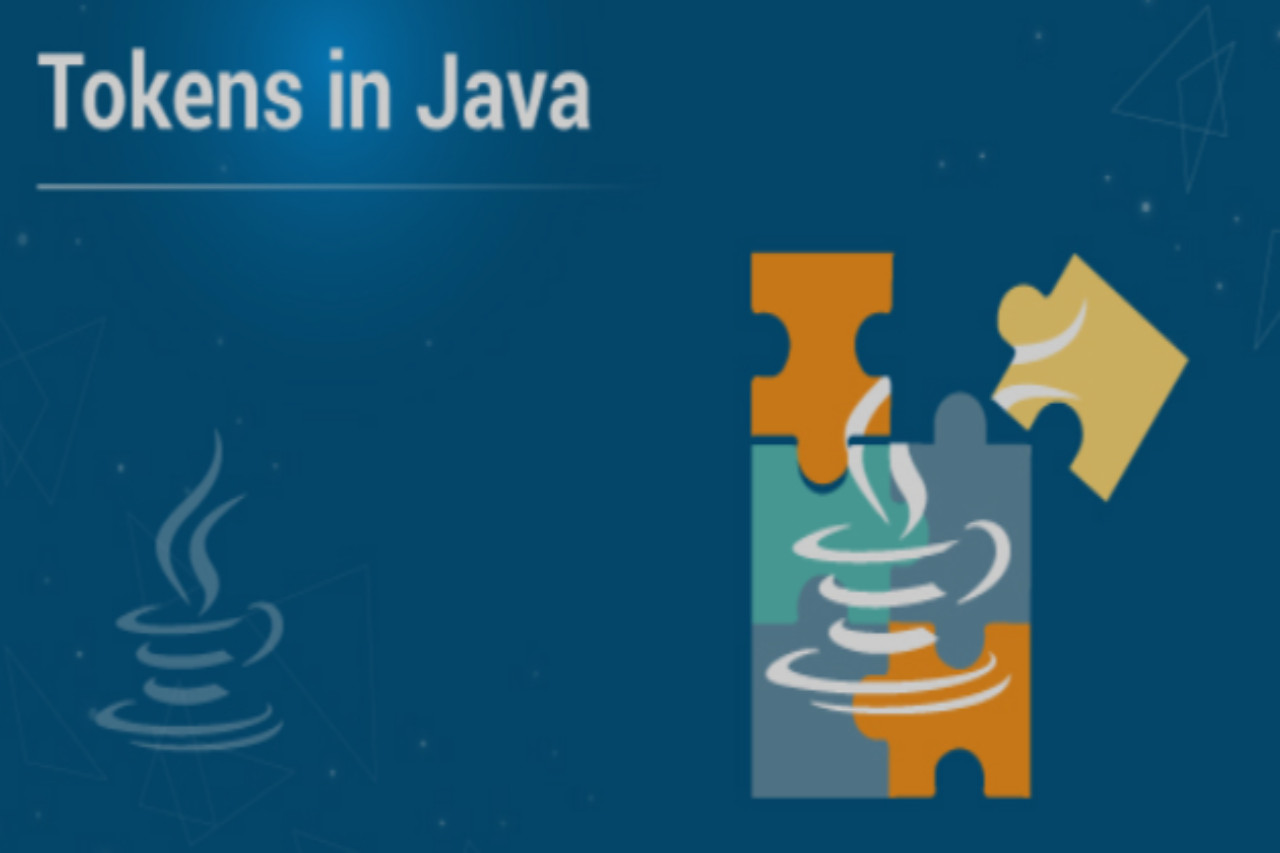
Java is a widely used programming language that is known for its robustness, reliability, and security. As a Java developer, it is essential to understand the concept of Java tokens. In this article, we will explore everything you need to know about Java tokens, including their definition, types, and examples.
What are Java Tokens?
In Java, a token is a sequence of characters that represents a single element of a program. Java programs are made up of various types of tokens, including identifiers, keywords, literals, operators, separators, and comments. These tokens are used to create meaningful statements and expressions that perform specific tasks.
Types of Java Tokens
Java tokens can be classified into the following types:
1. Keywords
Keywords are reserved words that have a specific meaning in Java. These words cannot be used as identifiers, and they are used to define the syntax of the Java language. Examples of Java keywords include if, else, for, while, class, void, public, and static
2. Identifiers
Identifiers are user-defined names used to identify variables, methods, classes, and other entities in a Java program. An identifier must begin with a letter, a dollar sign, or an underscore and can be followed by a combination of letters, digits, dollar signs, and underscores.
3. Literals
Literals are constants that represent specific values in a Java program. Java supports several types of literals, including integer literals, floating-point literals, character literals, string literals, boolean literals, and null literals.
4. Operators
Operators are symbols that represent specific operations in a Java program. Java supports various types of operators, including arithmetic operators, bitwise operators, comparison operators, logical operators, and assignment operators.
5. Separators
Separators are symbols used to separate different elements of a Java program. Java supports several types of separators, including semicolons, commas, periods, colons, and parentheses.
6. Comments
Comments are used to add notes or explanations to a Java program. Java supports two types of comments: single-line comments and multi-line comments.

Examples of Java Tokens
Let's look at some examples of Java tokens:
java code
public class HelloWorld {
public static void main(String[] args) {
// This is a single-line comment
System.out.println("Hello, world!"); // This is another comment
int num1 = 10; // This is an integer literal
double num2 = 3.14; // This is a floating-point literal
char letter = 'A'; // This is a character literal
String message = "Hello, world!"; // This is a string literal
if (num1 > 0 && num1 < 100) { // These are comparison and logical operators
System.out.println("The number is between 0 and 100.");
}
}
}
Conclusion
In conclusion, Java tokens are essential elements of a Java program that enable developers to
create meaningful statements and expressions. By understanding the different types of Java
tokens, developers can write better, more efficient code that is easier to read and
maintain. As you continue to learn and work with Java, be sure to master the concept of Java
tokens and how they are used in programming.
At PLOVER, we
take pride in offering a diverse range of remote work options, and we understand that
finding the right job can be a challenging task. That's why all the jobs listed on our
platform are verified by us to ensure that they meet our strict criteria. We make sure that
each job is remote, pays in USD, and meets our working conditions, so you can focus on
finding the best fit for you.
final thought


by Harsh Verma
final thought

